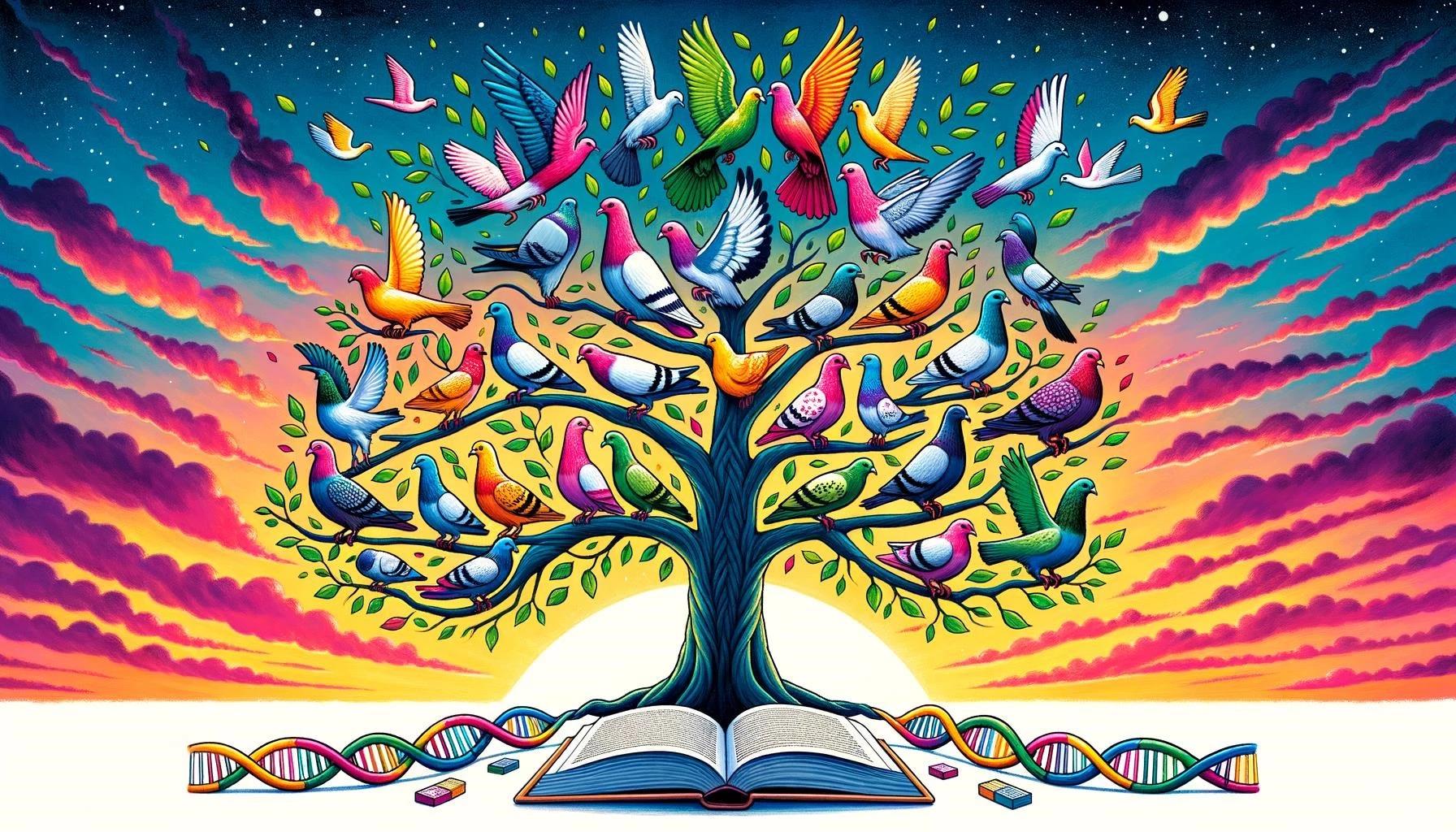Pigeons are fascinating birds that have captured the attention of scientists and researchers due to their distinct genetic diversity. Genetic diversity refers to the variety of inheritable traits within a population. Having a wide range of traits available enables species to adapt to environmental changes and helps them avoid inbreeding. In the case of pigeons, their genetic diversity plays a crucial role in their success and ability to thrive in different environments.
Key Takeaways
- Pigeons have a wide range of genetic variations that contribute to their adaptability.
- Genetic diversity is important for the health and vitality of pigeon populations.
- Understanding pigeon genetic diversity can help in conservation efforts and breeding programs.
Enhanced Adaptability
Genetic diversity provides pigeons with a wider range of genetic variations. This means that they have greater adaptability to changing environmental conditions. Pigeons with diverse genetic traits are more likely to survive and thrive in different habitats, as they can better cope with changes in food availability, temperature, and predators. This enhanced adaptability allows pigeon populations to persist and evolve over time, ensuring their survival even in challenging environments.
Conservation and Breeding Programs
Genetic diversity plays a crucial role in maintaining the health and vitality of pigeon populations. In conservation efforts, understanding the genetic diversity of pigeon populations is essential for identifying populations that are at risk of decline and implementing strategies to protect them. Genetic diversity also plays a significant role in breeding programs for pigeons. Breeders often select pigeons with specific traits to create new breeds or improve existing ones. By maintaining genetic diversity in breeding populations, breeders can ensure the long-term viability and adaptability of the breed.
The Passenger Pigeon Case Study
The extinct passenger pigeon, once the most abundant bird in North America, provides an interesting case study on genetic diversity. Despite being a populous species, passenger pigeon genetic diversity was surprisingly low. Research into this phenomenon revealed that while large populations generally have higher genetic diversity, the passenger pigeon experienced low genetic diversity due to genetic linkage and low recombination rates.
This case study highlights that population size alone is not enough to ensure genetic diversity. Other factors, such as genetic linkage and recombination rates, can influence the genetic diversity of a population. Understanding these factors is crucial for conservation efforts and identifying species at risk of genetic decline. It also emphasizes the importance of maintaining genetic diversity in breeding programs to avoid narrowing the gene pool and potentially compromising the health and adaptability of the population.
In summary, genetic diversity in pigeons is crucial for their adaptability and survival. It allows pigeons to cope with changing environments, provides a foundation for breeding programs, and plays a role in conservation efforts. Understanding the genetic diversity of pigeon populations can help in preserving these fascinating birds and ensuring their long-term viability.









